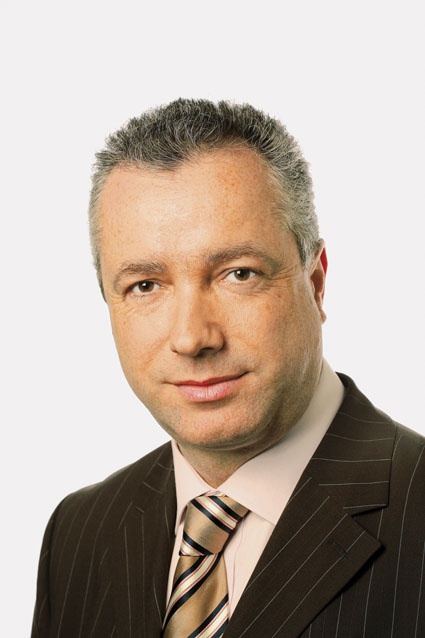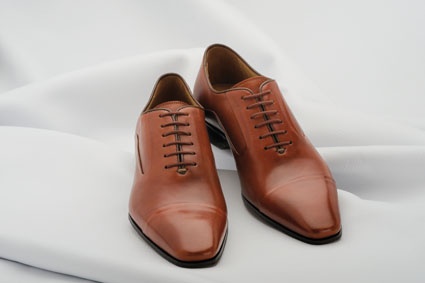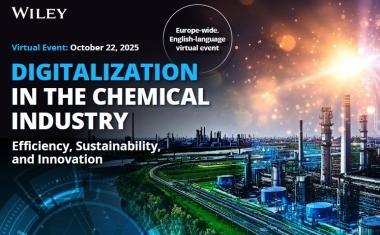X-Tan: Tanning Made in Germany


Organic Tanning - In September 2011, Lanxess launched X-Tan, an innovative organic tanning technology based on a newly introduced tanning agent. CHEManager Europe has asked Christopher Tysoe, Director Wet End at Lanxess' Leather business unit, to explain some of the most prominent characteristics and advantages of this new system.
CHEManager Europe: What are the key features of the new tanning process?
Chris Tysoe: X-Tan is a metal- and organic chlorine-free, innovative tanning technology developed and marketed by Lanxess. It is based on the active ingredient polycarbamoyl sulfonate (PCMS), a bifunctional, non-toxic cross-linking agent. During tannage, which takes place in moderately alkaline media above pH 8, PCMS permanently and irreversibly links to amino groups from lysine residues of the collagen fibers.
This fast reaction ensures excellent tanning results in a highly robust process and a very stable and transportable wet white with an excellent property profile.
In short, X-Tan addresses many of the existing issues of wet white production at once without creating any new obstacles from an environmental or operating point of view.
Which is the main difference in comparison with other wet white pro¬cesses available in the market?
Chris Tysoe: Compared with conventional systems for organic tannage, X-Tan offers substantial advantages for the wet white production. This is equally true in terms of quality and ecological aspects.
One of the key features of the new X-Tan technology is the virtual whiteness of the leather. Due to a complete absence of a strong color of the intermediate wet white and a good dyeability brilliant and uniform colors can be achieved in the final product. This opens up a whole spectrum of application opportunities which have hitherto not been in reach for wet whites.
At the same time, the resulting leather has very good physical properties: For example, X-Tan-processed leather has shown a very high stability at climate change tests and offers a particularly good tear resistance.
What about the environmental advantages?
Chris Tysoe: No chemicals with critical toxicological properties are employed in the X-Tan process. Additionally, only toxicologically uncritical substances are generated in the course of the tanning process. In the end, neither the leather nor shavings and effluent contain reactive tanning materials.
This is the case because any excess of tanning agent in the float that is not consumed during the cross-linking step will - in the absence of readily available amino groups - slowly react with water to yield only toxicologically uncritical products such as amines and urea derivatives. All these hydrolysis products are also easily biodegradable.
As a further advantage of the X-Tan process, no pickling step is required because of the good penetration of X-Tan at neutral pH. This simplification of the overall process gives rise to a significant reduction of the salt load in the effluent.
This is partly the case because only minor neutralization is required later on. X-Tan thus makes an important contribution to preserve the natural resource water and extensively reduces the environmental contamination caused by the wet white process. Not the least, the overall tanning pro¬cess becomes significantly less time-consuming without pickling.
Due to all these advantages, the new X-Tan technology is fully in line with the aims of Lanxess' initiative "Sustainable Leather Management." This initiative has recently been designed to extend and enhance the company's product portfolio for sustainable leather production. Even more, we consider X-Tan being one of the cornerstones of our initiative as it immediately leads to increased sustainability in leather manufacture.
For which kind of leather is it recommended?
Chris Tysoe: The X-Tan process allows for manufacturing a wide range of leathers, allows to tan unsplitted, thus being able to replace almost any other wet white process without compromising product quality or overall process performance and productivity.
Leathers for all kinds of applications have been produced on a small scale as well as in bulk loads. We are therefore convinced that our new process will not only prove its competitiveness in all areas of wet white production, but will be superior to many other methods of organic tannage in many, if not all respects.







